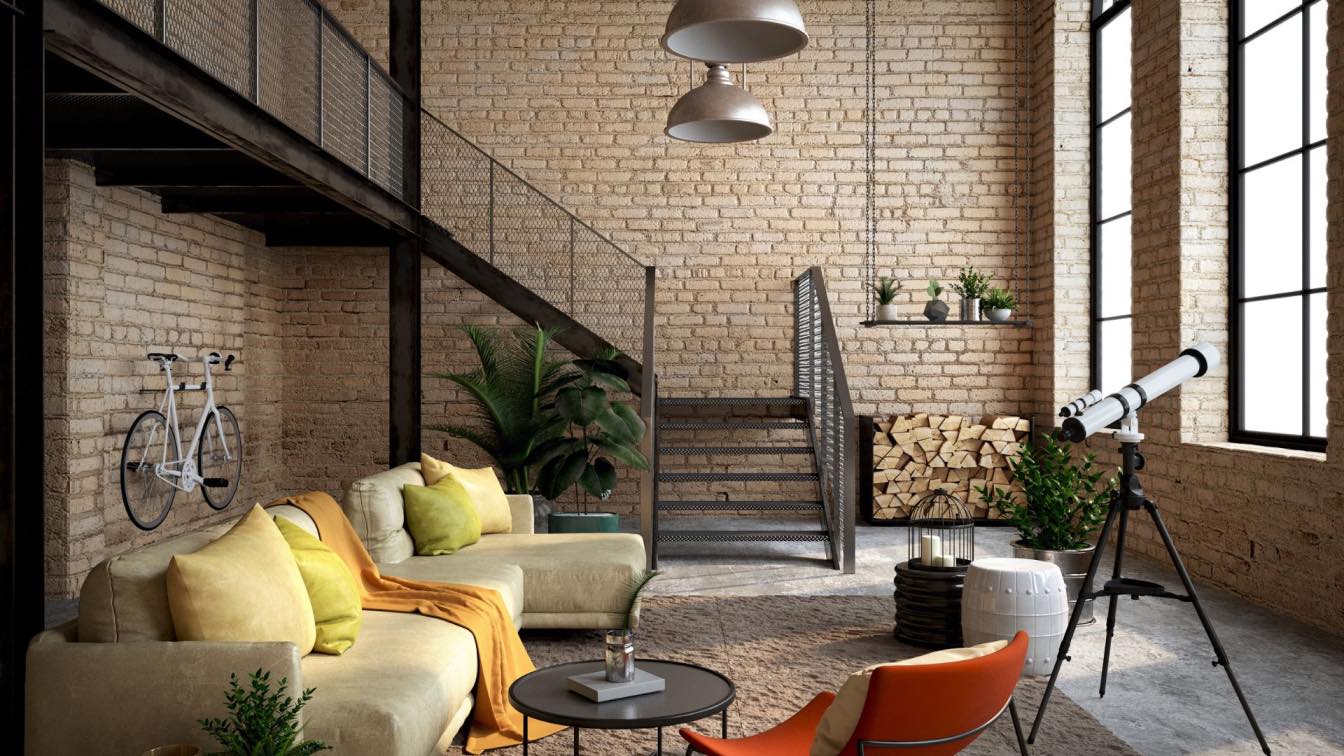Whether you are getting a roof built from scratch or choosing a new roof for your already existing home, there are a bunch of different materials that are readily available and worthy of consideration for your new roof. These materials include wood, asphalt, composite shingles, concrete, as well as slate, and clay tiles.
Style is quite an important factor when it comes to choosing your materials, but it’s not the only one you should be focusing on. The cost of a product, its weight, and the installation requirements should all have an influence on your selection. Here are 4 things you need to know in order to choose the right roof for your house.
1. Roofing Terminology
Before we discuss materials, it is important that you understand the terminology. Roofers typically talk in squares when they measure instead of using “square feet.” A square is a roofer’s basic unit of measurement. One square is the equivalent of 100 square feet in area, which is a 10-foot by 10-foot square. A typical two-story, 2,000-square-foot house will consist of about 20 squares. Understanding terminology will help you to better understand how the cost is calculated around the different types of materials.
2. Cost of a New Roof
The price of a material is the starting point, but there are a number of considerations that one needs to consider and will play a role in the cost of a new roof. One important consideration is the condition of the existing roof. If you are remodeling a house there are a bunch of considerations – do the old materials need to be stripped off, or does the supporting structure need to be repaired? These things cost time and money The shape of the roof is another factor that contributes to the cost of different types of roofing prices. A gable roof with a few or no breaks in its planes is a much simpler roofing job than one with vent pipes or chimney. A house with multiple chimneys, multiple valleys, or things like skylights requires significantly more skill and time to roof. Knowing the cost and needs will allow you to choose the type of material that is best for the job.
3. Choosing a Roof Material
When you remodel, more often than not, the existing roof of your house plays an integral part in determining your choice of roofing material. Should you be considering other options, you’ll want to consider not only the cost but the weight, texture, color, and durability of your alternatives, as well as what has traditionally been used on a house like yours.
4. Roofing Materials and Flashing
Not every roofing material can be used on every roof. A roof with a low slop, or even one that is flat will likely require a different surface material from one with a steeper pitch. Slate and tile are very heavy materials. Many homes in the US are inadequate to carry the heavy load. The following is a more in-depth description of the different materials used by roofers so that you can make an informed decision with your roofer:
- Asphalt – This is the most commonly used of all roof materials. It is likely due to the fact that it is the least expensive of all the options and doesn’t require much skill to install. It’s made of a fiberglass medium that’s been combined with asphalt and is then given a sand-like finish. It comes in two options, namely, the standard single-thickness variety and then a thicker, laminated product. The standard single-thickness variety costs around half as much, but have a less appealing appearance than laminated shingles. They also last roughly half as long.
- Wood – For centuries wood was the main roofing material choice, but now one sees the use of it is strictly prohibited in some areas due to fire risk. Typically made of cedar, redwood, or southern pine, roofs made out of this material have a life expectancy of around 25 years.
- Metal – Metal roofing options tend to air on the more expensive side of things. The copper/asphalt as well as lead varieties are typically installed as shingles, but there are metal options that are manufactured for seamed roofs that consist of vertical lengths of metal that need to be joined with solder.
- Tile and Cement – This is an expensive, heavy option, but is extremely durable and can look very aesthetically appealing.
- Slate – Slate is one of the most durable of all roofing materials. Not all slate is the same, but the best of it is able to outlive its fasteners. In fact, old slate is often recycled and reinstalled, with the expectation that it will last at least another century. Slate is also very heavy and comes in at a whopping $800 a square.
 image © LaLetizia
image © LaLetizia
Whatever material you choose for your roof, you will probably need flashing. Flashing is a really important part of all exterior work. Flashing is usually made of a metal or plastic film. It is applied to areas where different materials come together, such as a chimney and shingles. Good flashing is essential to keeping your roof watertight. Leaking is most likely to occur in spaces where different materials meet.
Whatever roofing material you choose, it should be parallel to roof edges and look even to the eye. Joints need to be staggered to prevent any leaking, so beware of contractors who rely on tar to seal the joints. Tar should only be with certain materials. It should not be used for new roofing surfaces unless the presence of a membrane is there. Material like building felt is typically rolled on before the shingles are nailed in place for most roofing. In snowy areas, a membrane called a snow and ice shield may also be laid.
When building a new roof, or redoing an existing one it is important that you have a professional do the job for you. Together you will be able to choose the best roofing option for your house and have something that will be long-lasting and issue-free.





